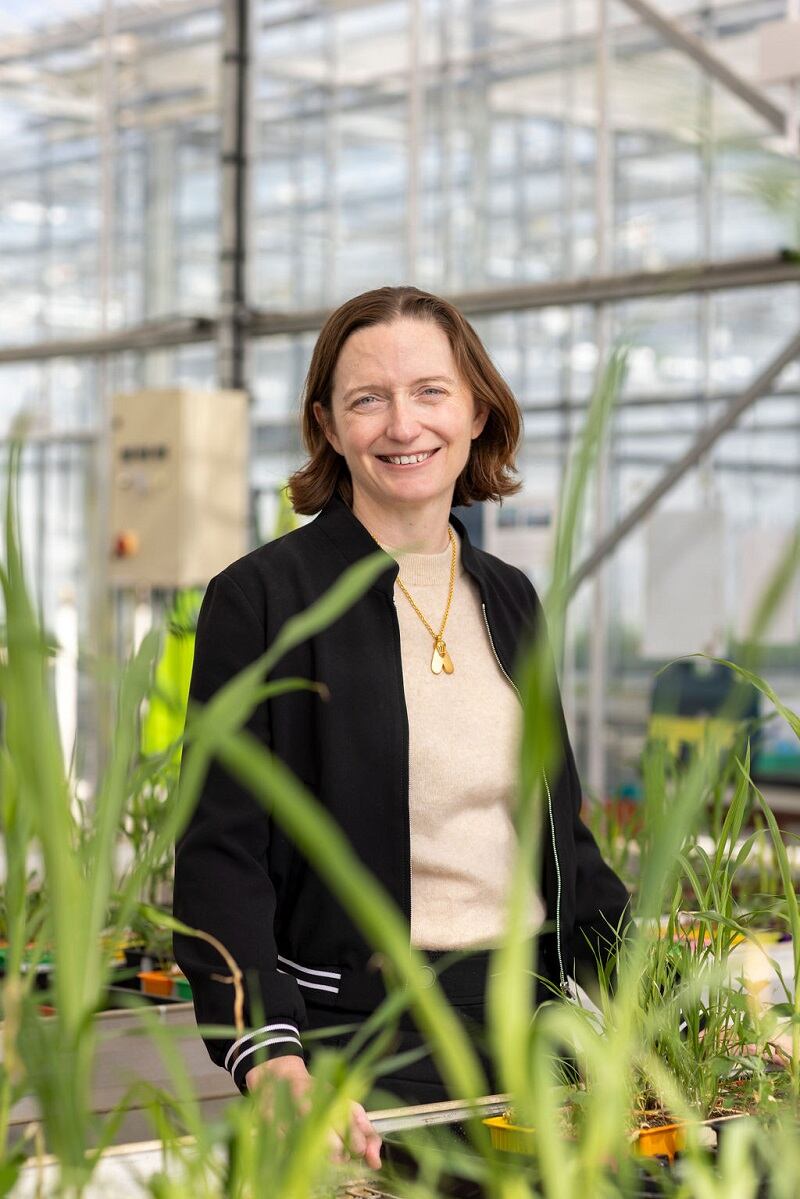The pair will now start of the next phase of their collaboration to bring a new novel mode of action agricultural herbicide to the global market after reaching their initial research phase 12 months earlier than typical industry timelines.
The collaboration between Moa and global crop protection and seed technologies company NuFarm began in July 2024, with the purpose of co-developing and commercializing a novel mode of action herbicide identified through Moa’s proprietary discovery platform, called Galaxy.

Rapid progress in herbicide innovation
Their initial research phase was completed in just 12 months, and they are now proceeding to larger global field trials, crop use and safety studies, regulatory preparations, and commercial product optimization.
“We’ve just hit a key milestone with them,” Moa’s CEO Virginia Corless told AgTechNavigator. “A brand-new mode of action herbicide that we’re working on with them which would be a big breakthrough for the whole market has performed very well in its first year of trials and now we are moving on to further work to do the pre-development work that will allow us to start taking it on its path to becoming a registered product.”
Moa also recently announced a new partnership with US crop protection company Gowan Company to develop an entirely new category of crop protection products through a class of molecules known as “amplifiers”.
These molecules are non-herbicidal by themselves but when combined with traditional herbicides can reduce the amount or concentration of chemical needed for effective results, offering safer and more sustainable weed management options.
Industry-wide implications
“We’re really excited about this space,” Corless said. “We are finding molecules that are not herbicides in their own right but that interact biologically with existing herbicides to make those herbicides work a lot better. That means we can reduce herbicide use rates; we can expand the weed control spectrum so that existing products can control more weeds better; and we can help farmers manage resistance. We see that using this amplifier approach could allow us to give bioherbicides a much bigger role to play.”
A new frontier
The ultimate prize, however, would be to bring a new mode of action herbicide to market, potentially as an alternative to effective yet controversial weed killer glyphosate.
“We are looking for near-term solutions that you could think of as bridge solutions, but we see that this [new] class could do something much bigger for the industry as well,” Corless said. “There has not been a new mode of action herbicide brought to market in 35 years. There are a couple coming which is fantastic news,” she said, referring to breakthroughs from Bayer and FMC. “But we are going to need a lot more than that.”


